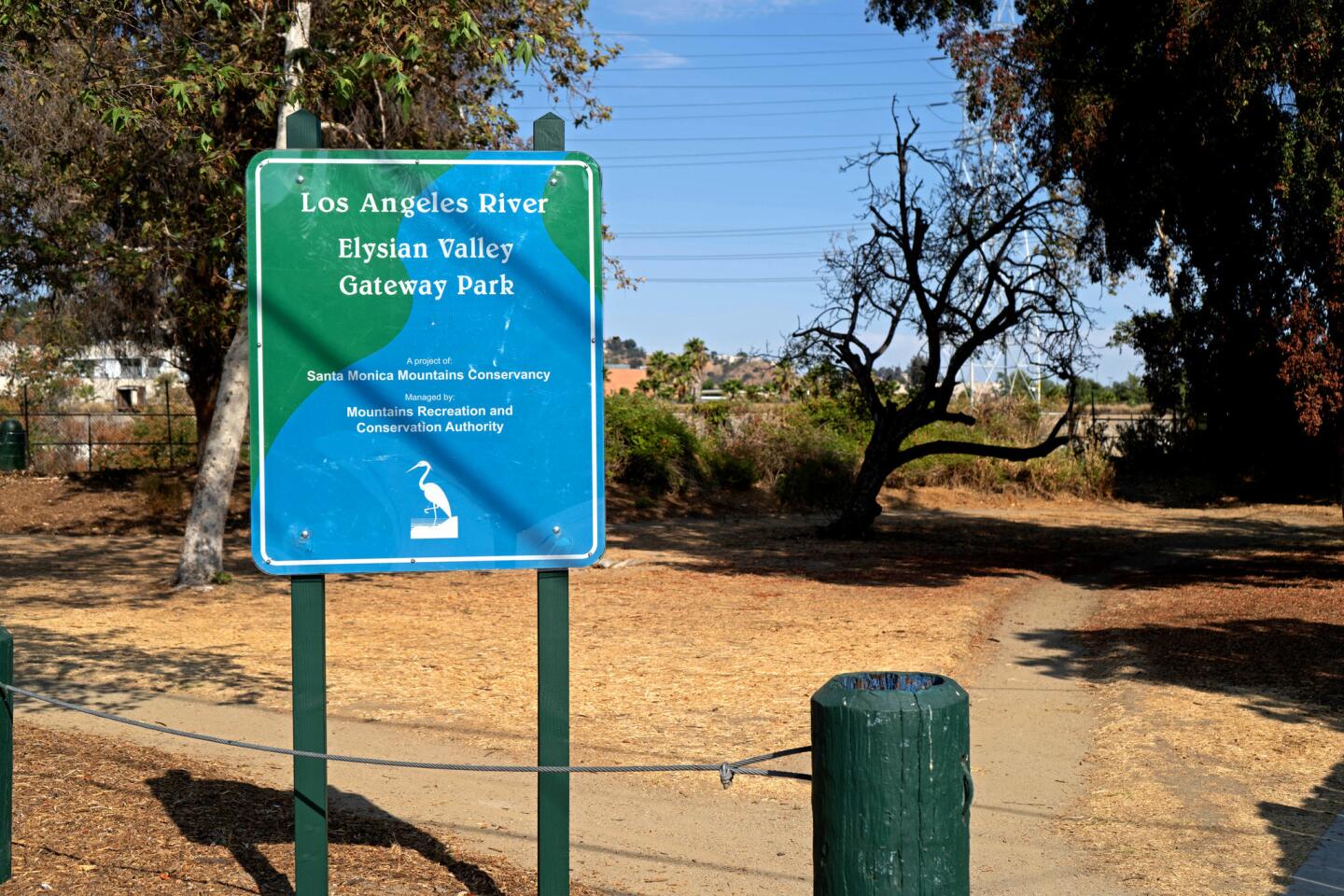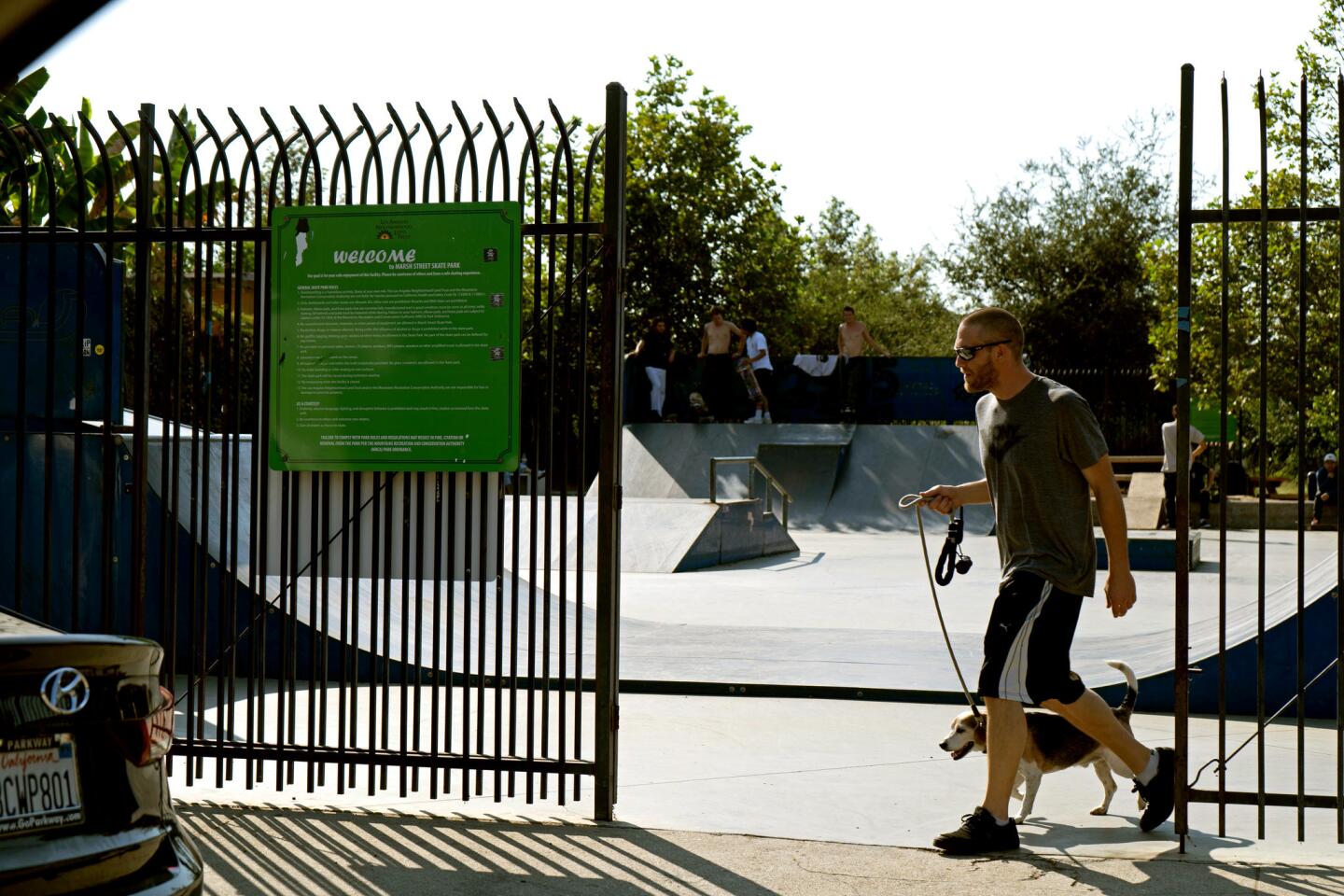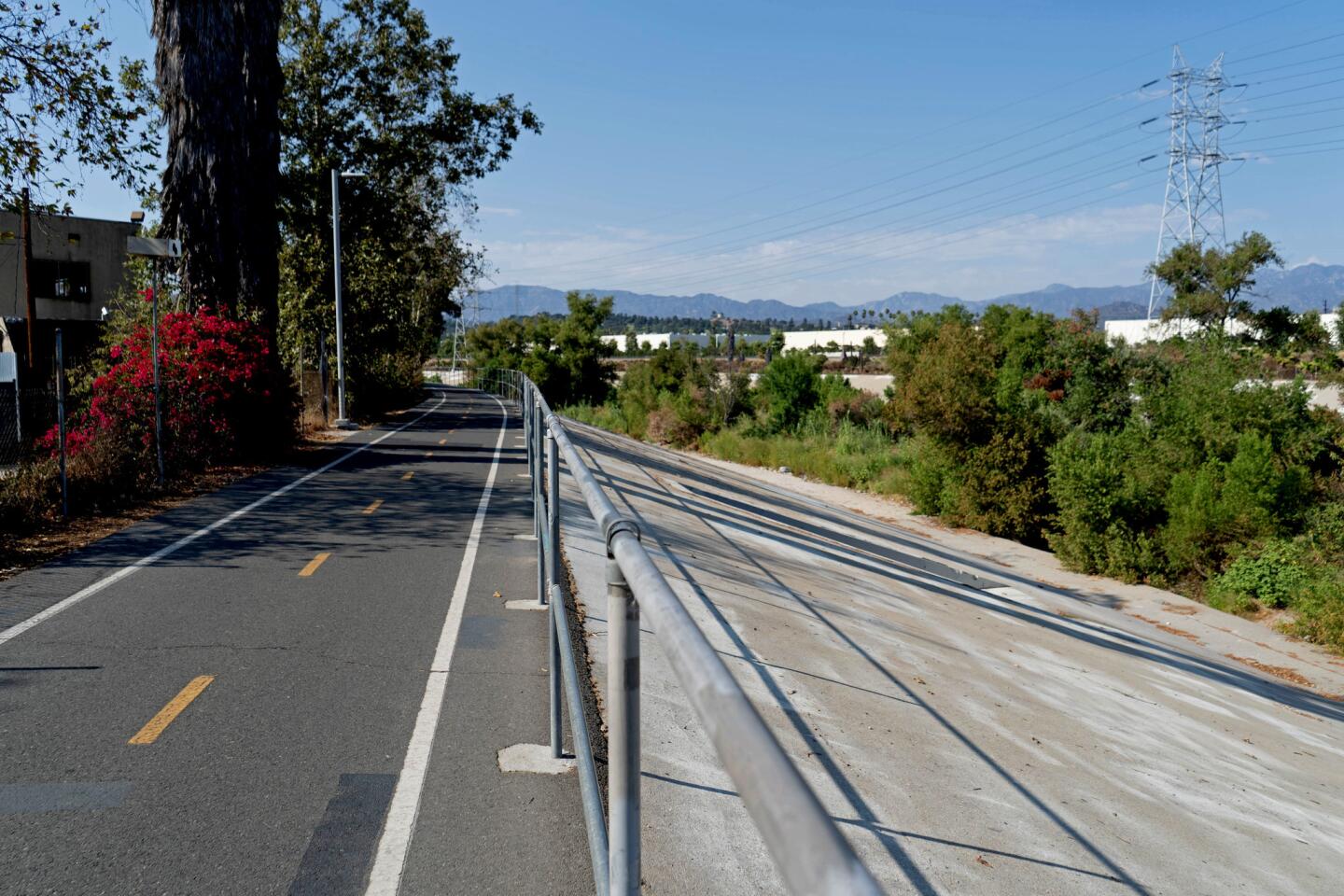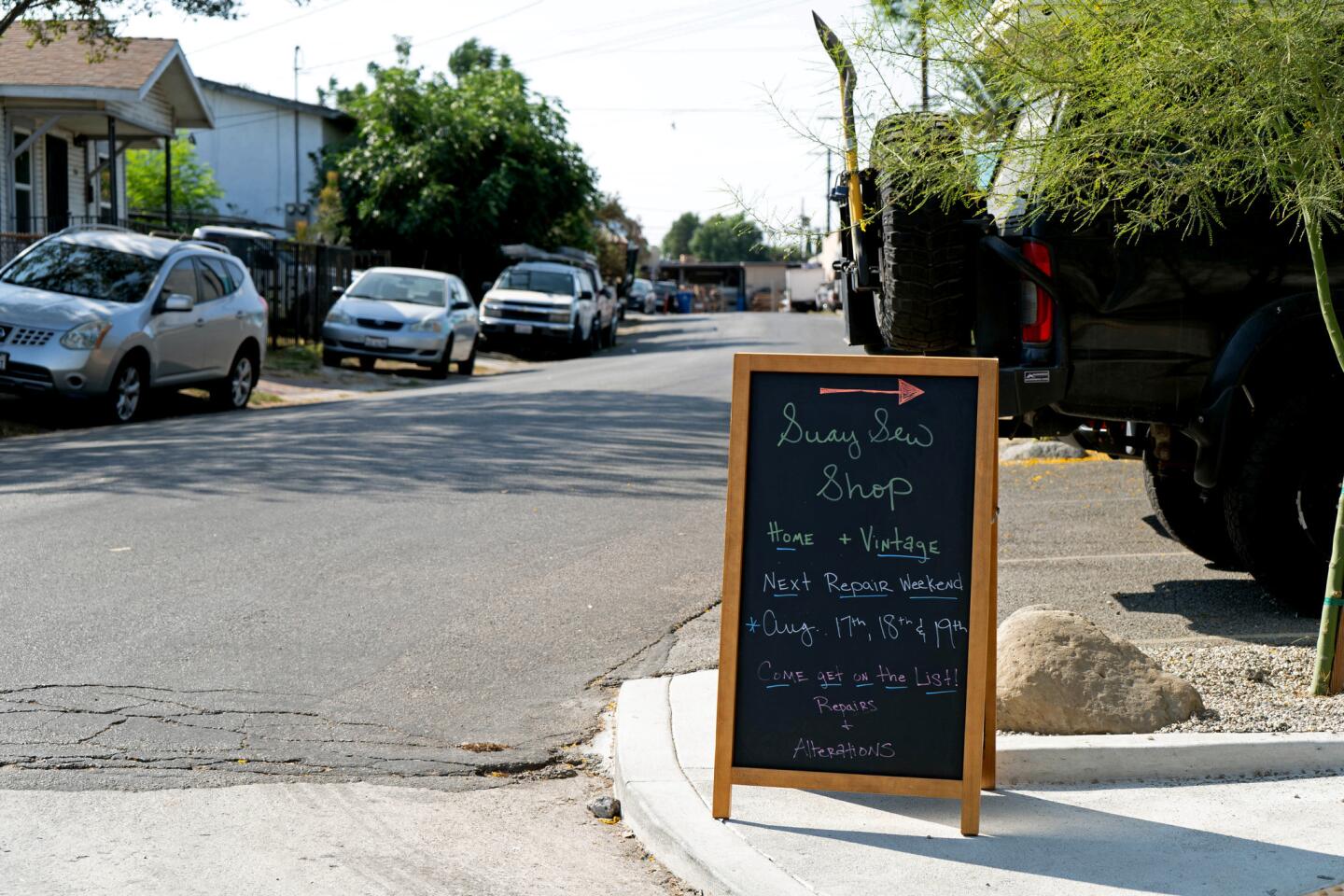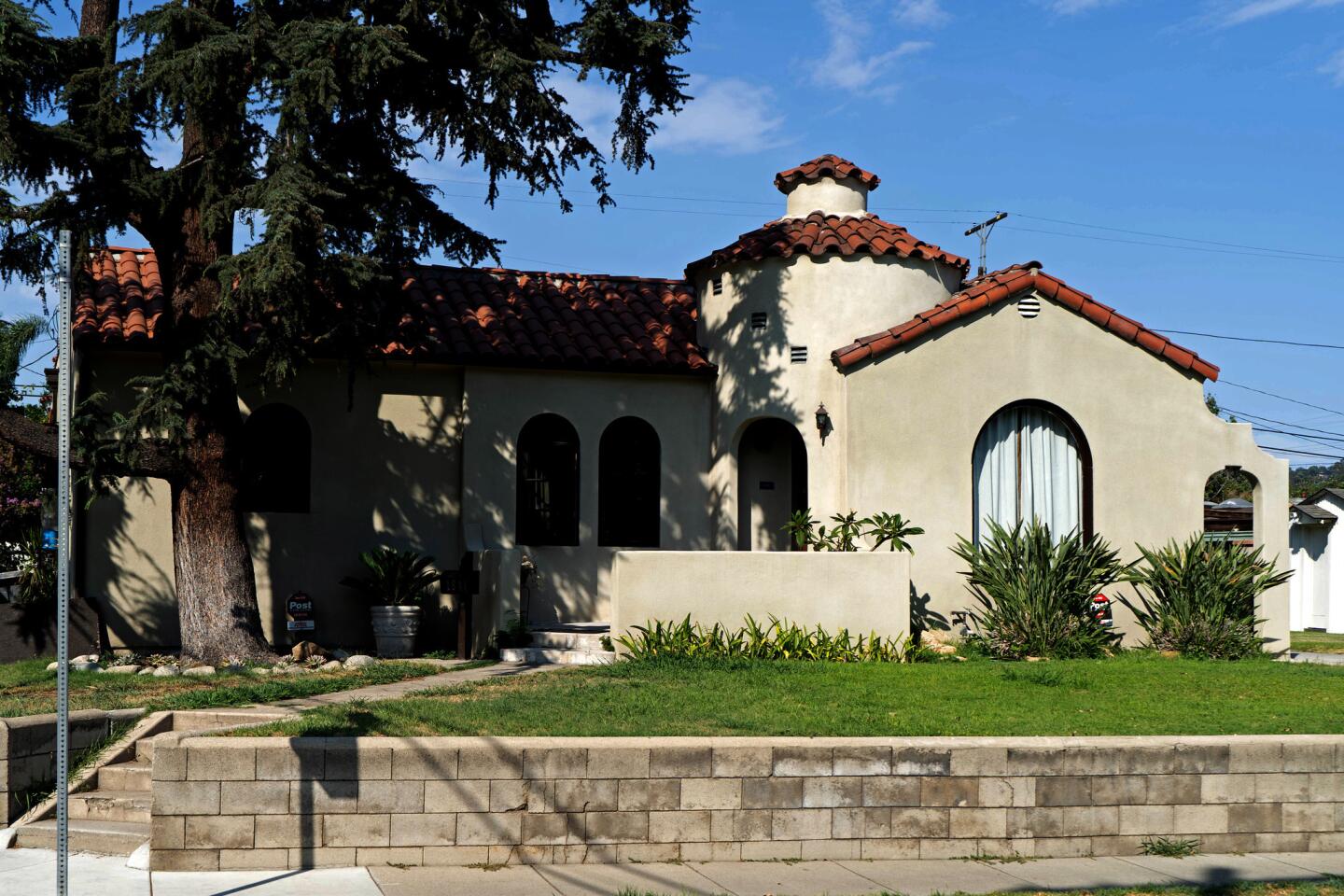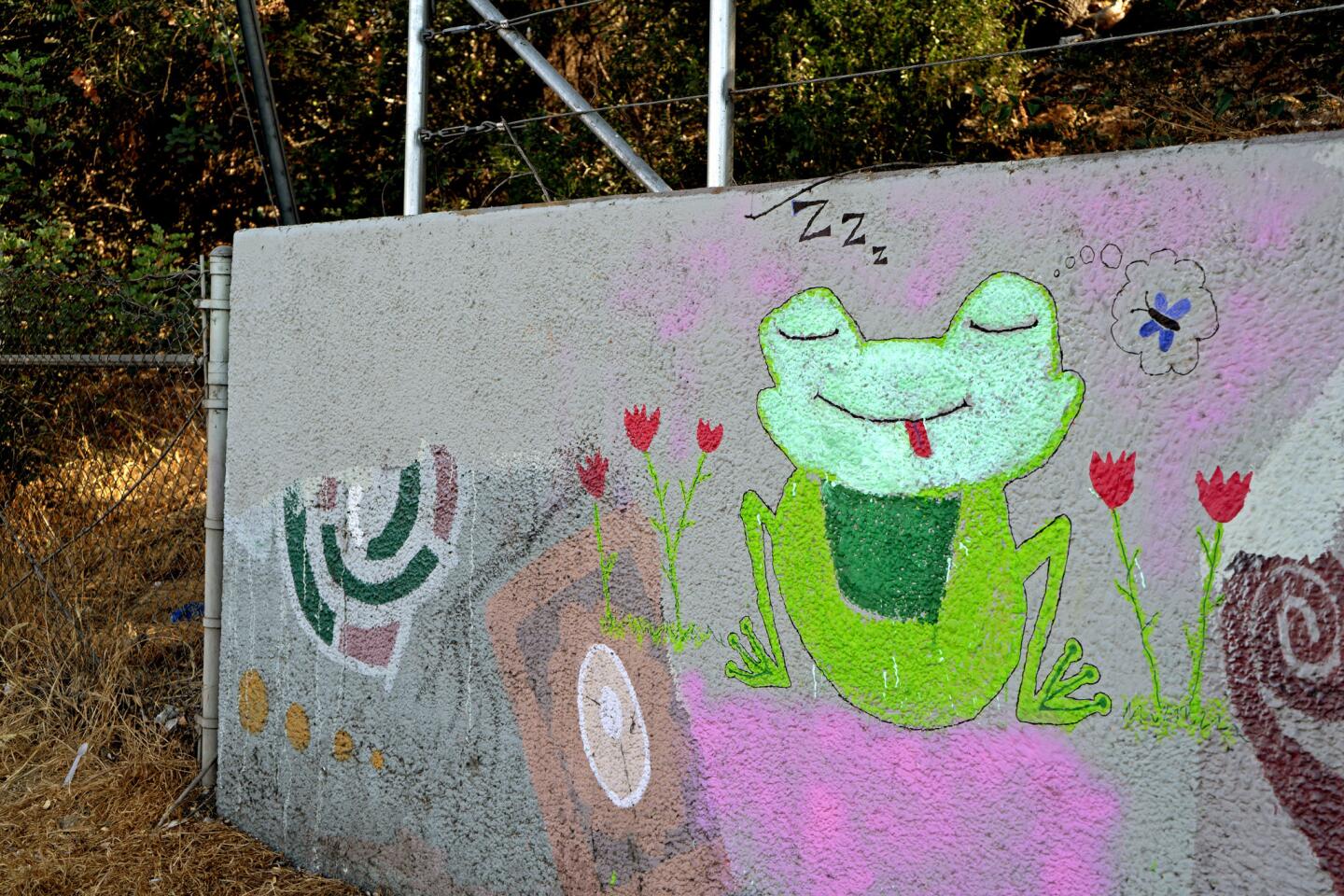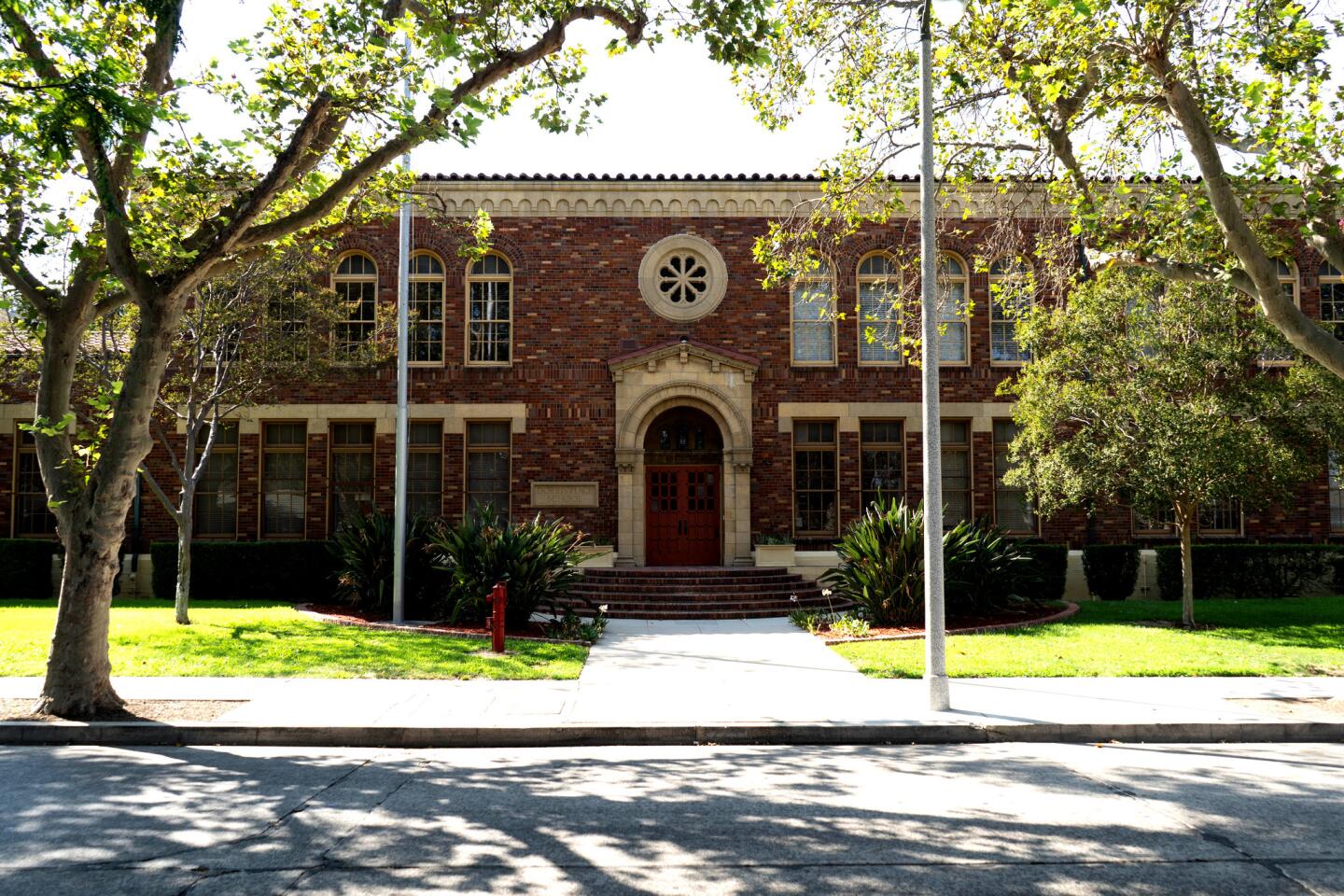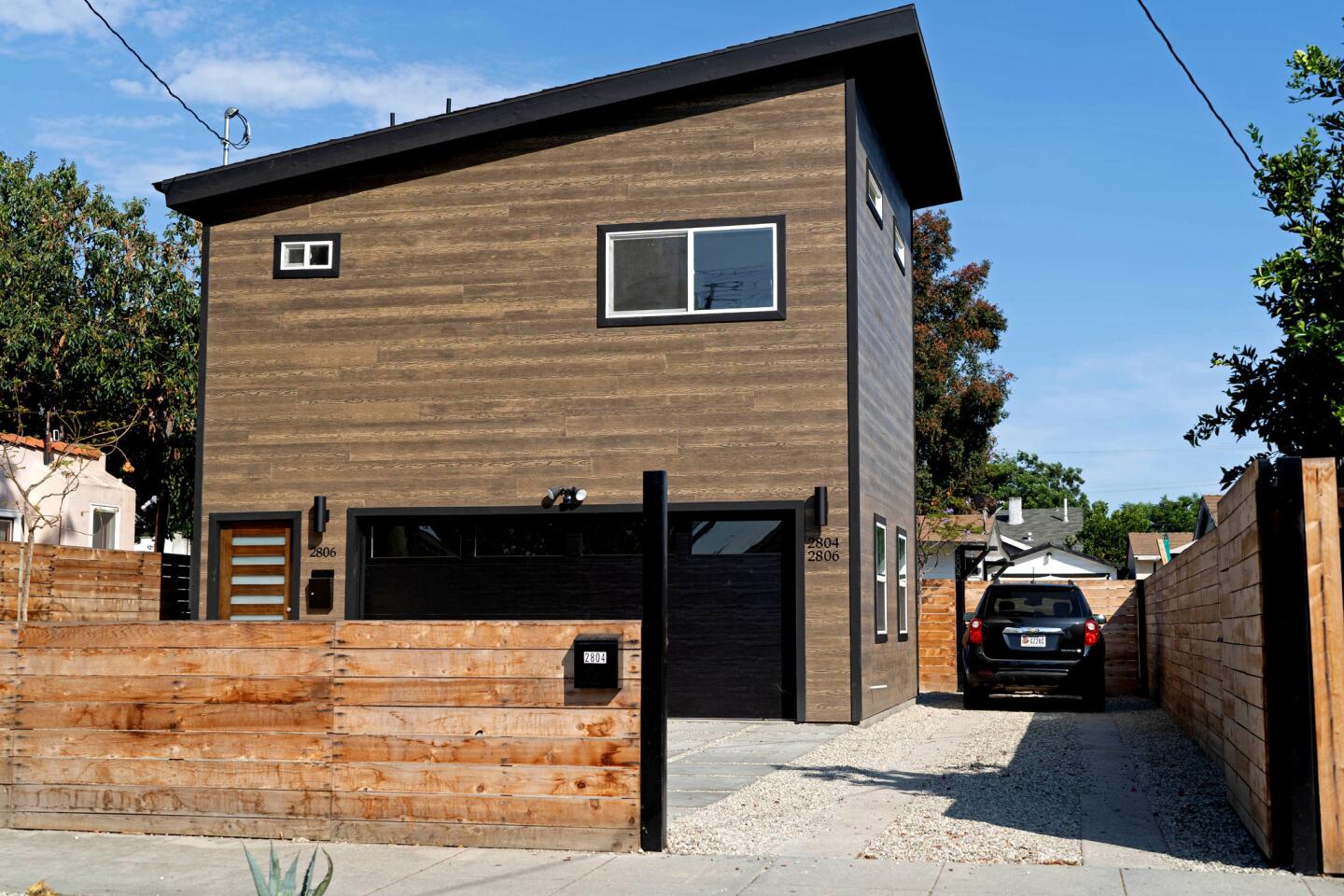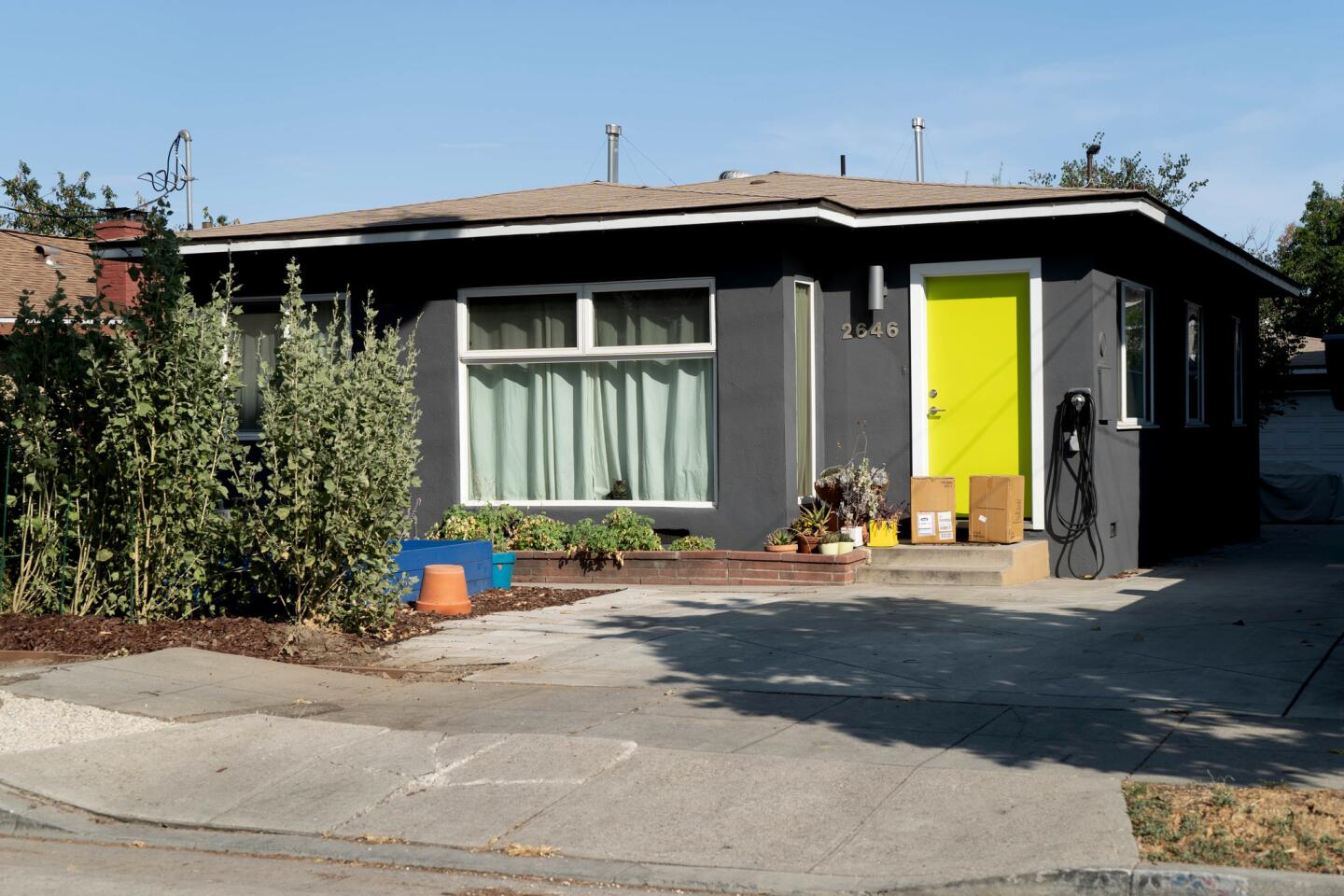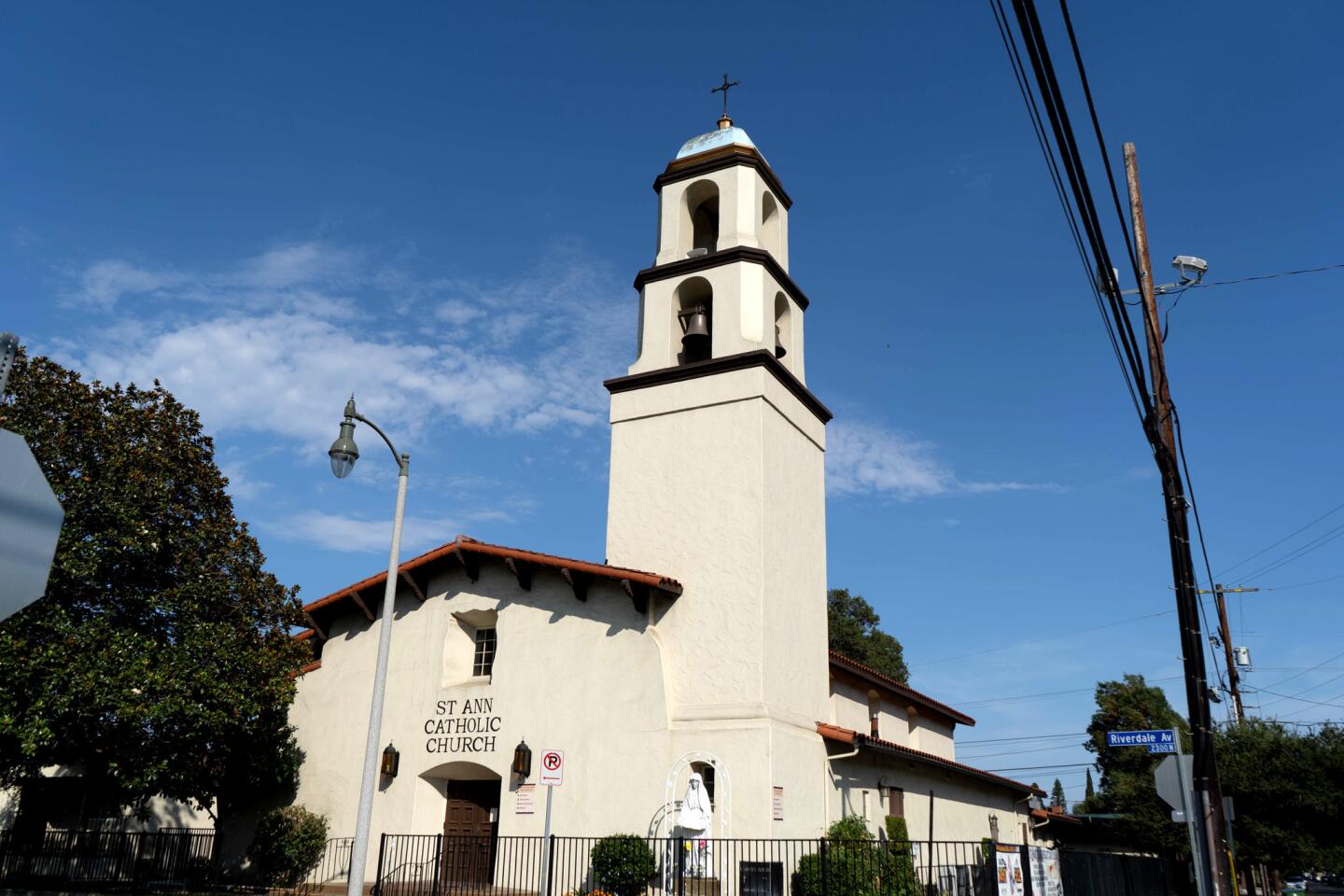Neighborhood Spotlight: Elysian Valley is leaping toward new heights
On a long, narrow strip of land wedged between the steep eastern slopes of Elysian Park and a gently undulating stretch of the Los Angeles River is Elysian Valley, a small pocket of Los Angeles whose distinct character has been shaped by its geographic isolation.
Not so much a valley as an ancient floodplain of the tempestuous rio, the small spit of land near the mouth of the Glendale Narrows benefited from its location by accumulating centuries’ worth of rich alluvial soil, making it a prime location for agriculture.
In the late 1800s and early 1900s, it was home to a number of truck farms owned by Angelenos who hailed from Mexico, Japan and China. These original purveyors of farm-to-table produce carted their harvest down the road to sell in the markets of downtown Los Angeles and emerging streetcar suburbs such as Angelino Heights.
In 1910, the city annexed the farmland, and by 1913 the land was beginning to be carved up for residential development. The Southern Pacific Railroad’s Taylor Yard was built just across the river in 1911, and the neighborhood became popular with railroad workers who could walk to work over the parched riverbed during the dry season and cross on footbridges during the winter rains.
In 1927, the Four S bakery would open in the neighborhood, creating hundreds of jobs for the residents of Elysian Valley. A small industrial pocket developed near the north end of the neighborhood, and a Main Street of sorts sprang up along Riverside Drive, which remained unpaved well into the 20th century.
The neighborhood would come to be popularly known as Frogtown after a possibly apocryphal swarm of croaking amphibians invaded its streets in an event that has broadly been dated as occurring sometime between the 1930s and 1960s (regardless of when the Frogtown appellation was first applied, killjoy scientists recently determined that the “frogs” were most likely western toads).
In 1962, the Golden State Freeway carved away a chunk of the western flank of Frogtown, further isolating it from surrounding neighborhoods and cementing its mystique as a place apart.
The quiet neighborhood, with its many small industrial spaces and relatively affordable prices, began to attract artists in the 1980s; big names such as Shepard Fairey and Amy Adler, among others, now have studios there.
Today Frogtown is perennially touted as the Next Big Neighborhood, and developers have begun to chip away at the old bungalows and vacant lots at its periphery. The river still wends ceaselessly by, but the toads are long gone.
Neighborhood highlights
Get on your bikes and ride: The ever-lengthening L.A. River bike trail, which will one day stretch all the way to the ocean, runs along the entire eastern edge of the neighborhood.
A bustling food scene: Salazar, Wax Paper and Frogtown Brewery are some of the neighborhood’s popular spots.
Artwalk and more: The Frogtown Artwalk, which recently went biennial, is just one of many cultural events organized by artists in the neighborhood.
Neighborhood challenge
A question of character: With Frogtown’s increasing popularity comes the real risk that the quiet isolation that makes it special will be lost as it makes room for newcomers.
Expert insight
Kurt Wisner of Compass’s Courtney + Kurt Real Estate Team has 15 years of experience in the area. Over the last decade, he said, the biggest changes have been an influx of dining destinations and the addition of the L.A. River bike trail.
“Elysian Valley is a hodgepodge of architectural styles,” Wisner said. “You could find an industrial loft-style building, a cute little Spanish bungalow and a 1970s box all on the same block.”
He added that new development and soaring property values are par for the course across northeast L.A., and Frogtown is no different. He recently handled the leasing for the Bend, a 40-unit batch of loft-style apartments by the river.
“There are some big urban infill projects happening, and that will only add to the desirability of this ever-changing neighborhood,” he said.
Market snapshot
In the 90039 ZIP Code, based on 21 sales, the median sales price for single-family homes in June was $1.012 million, up 21.9% year over year, according to CoreLogic.
Report card
Elysian Valley is bordered by seven public schools, four of which scored at least 800 on the 2013 Academic Performance Index. Dorris Place Elementary scored the highest at 870, followed by Clifford Street Elementary at 861.
Allesandro Elementary and Elysian Heights Elementary scored 839 and 820, respectively.
Times staff writer Jack Flemming contributed to this report.
More to Read
Sign up for Essential California
The most important California stories and recommendations in your inbox every morning.
You may occasionally receive promotional content from the Los Angeles Times.
